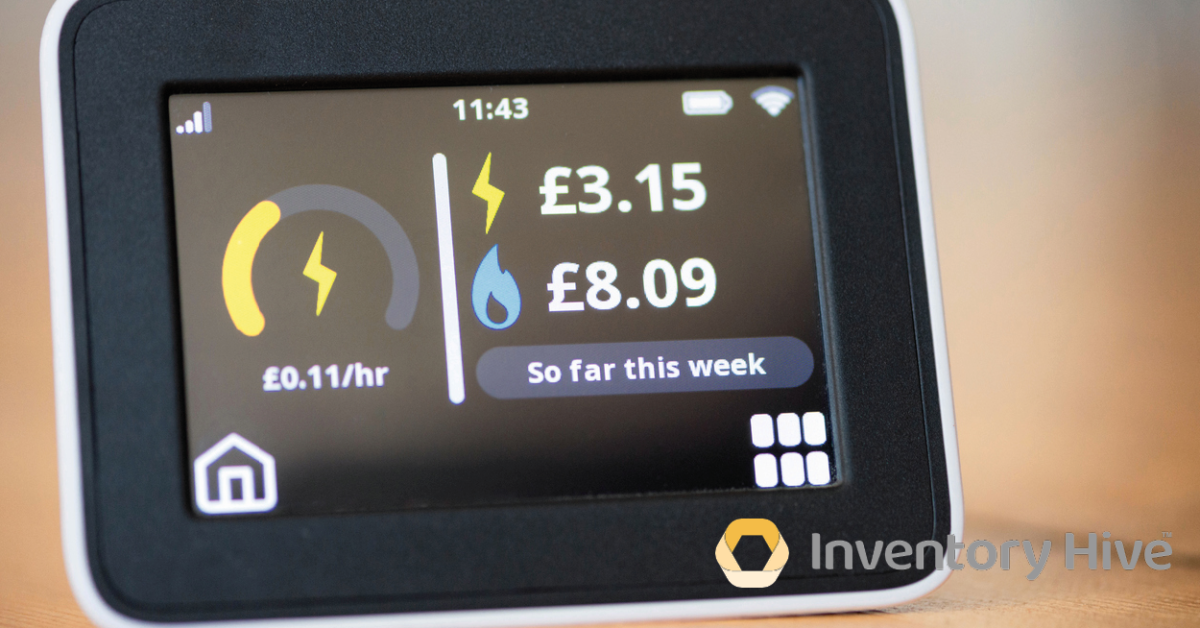

How to Manage Energy Bills and Meter Readings in Rented Properties
Staying on top of utilities isn’t easy at the best of times, but it can become even more difficult for landlords and tenants if meter readings aren’t managed correctly in rented properties. Here’s how to make sure energy bills don’t become part of the tenancy dispute problem.
Utility bill confusion and unpaid bills are problems for both tenants and landlords, and can cause financial difficulties and frustrations at the start and end of tenancies for both.
To put that into perspective, it’s estimated that 1.3 million renters have overpaid energy bills due to unpaid debts from previous tenants in their property. This mostly occurs because meter readings haven’t been taken when previous tenants have moved out and again when new tenants move in.
This is confirmed by a staggering 42% of renters who report they don’t take meter readings at check-in.
Whose responsibility are energy meter readings?
In most cases, it is the tenant’s responsibility to pay utility bills unless it has been specifically included within the rental. The tenancy agreement should clearly state who must pay for the energy bills. Whilst the landlord sometimes has a preferred energy supplier, if the tenant is paying the bill, they do have the right to choose who they use (this should be double checked and arranged when moving in).
The same applies for meter readings. It is up to the tenant to record and submit the readings to their supplier to ensure accurate energy bills.
Landlords and agents can and should help with this process, though. After all, if energy bills are left unpaid at check-out, this can cause issues with deposit disputes and landlord costs, including additional admin efforts.
How to avoid unpaid energy bills in rented properties
The best way to keep on top of energy usage and bills in rented properties is to include meter reading checks at inspections.
Make it part of the standard process to take a photo of the gas and electricity meter readings at check-in, interim inspections and at check-out.
The Inventory Hive app has a useful feature that makes this even easier. Using image recognition technology, the tenant (or inspector) simply holds the camera in front of the meter. It automatically reads the numbers and adds them to the inventory or inspection report. The app is used by tenant and agent/landlord, so all can see a record of meter readings. It can also be configured to send prompts to tenants to remind them to take readings in-between inspection visits.
Reminders are essential in the lead-up to moving day too. Energy suppliers need notice to compile the final bill and should be given a forwarding address of the tenant if they are responsible for paying the final balance.
Again, using automated prompts within an inventory app or tenancy app keeps everyone informed and notified of key dates and responsibilities during tenancy.
What else can be done to reduce energy bill debts?
Whilst the utility bills are generally the tenant’s responsibility, landlords are responsible for energy efficiency in properties. From 2025, under the current government proposals, rented homes will need to meet a C rating under new Energy Performance Certificate (EPC) regulations. However, no formal announcement has been made yet.
It is therefore down to landlords to make sure insulation and heating of the property meets the standards required. They need to remedy draughts, fix windows and ensure the heating system is regularly checked and maintained.
Tenants can help to reduce bills by being smart with their energy usage. Turn off lights when not in use, avoid using the tumble dryer, don’t over-fill the kettle, switch off stand-by on the television and wash laundry at 30 degrees. These small lifestyle changes can make a significant difference to your energy bills and help to save the planet too.
Learn more about managing meter readings in tenancies at inventoryhive.co.uk

